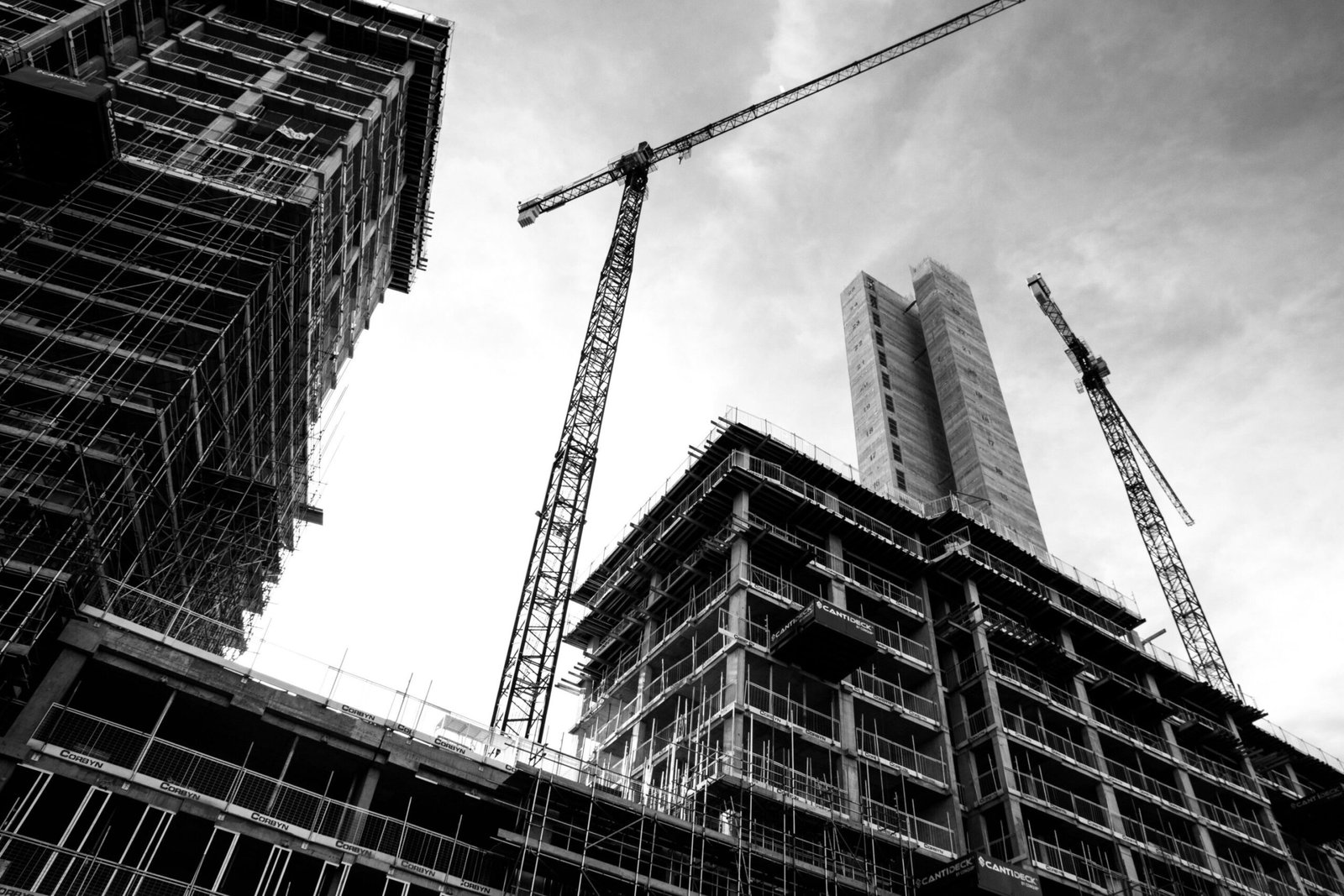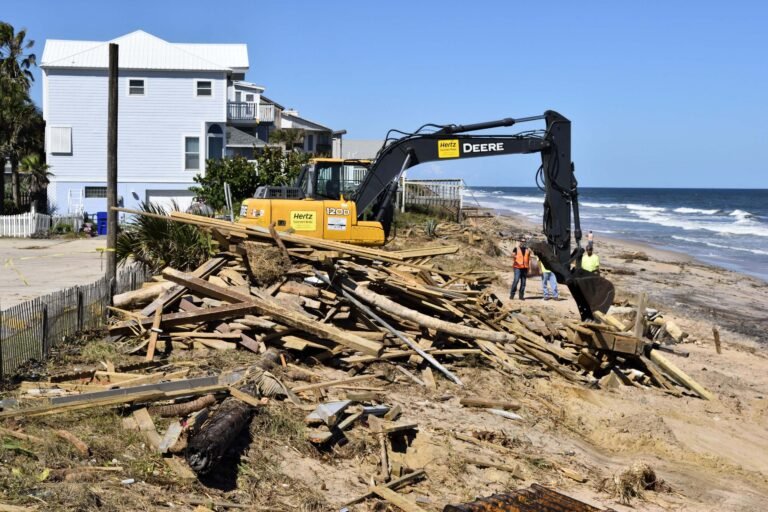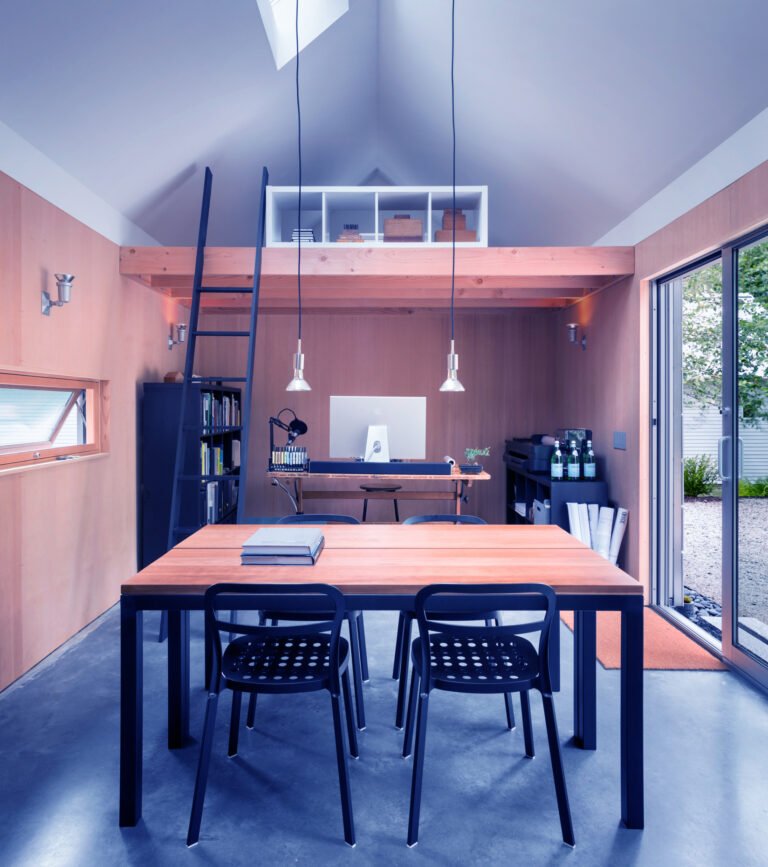The October Architecture Billings Index rose again, but growth appears to be tapering
After the pandemic battered architectural demand in 2020, and 2021 saw fortunes drastically turned around, growth may finally be slowing down. In the October 2021 Architecture Billings Index (ABI) figures released by the AIA yesterday, demand for architectural services remained strong going into the end of the year but continues to be constrained by staffing woes, inflation, and the Gordian knot that the U.S. supply chain currently finds itself tied into.
On the whole, the October ABI came in at 54.3—any measure of the three-month composite index over 50 represents growth, anything under 50 contraction—a positive trend for demand and signed contracts, but down from the 56.6 figure charted in September.
“Unlike the economy-wide payroll figures, architecture services employment has surpassed its pre-pandemic high,” said AIA Chief Economist, Kermit Baker, in a press release acknowledging the challenges facing the industry. “Staffing continues to be a growing concern at architecture firms and may serve to limit their ability to take on new projects.”
Breaking down the October ABI, the speculative demand for new projects remained high at 62.9, even better than the 61.8 documented in September, indicating that homeowners and developers are still looking to build even if the market isn’t in total alignment yet. The measure of newly signed design contracts also remained strong at 58.0, a marked increase from 54.7 the month prior. Taken together, it appears clients are willing and able to commission new projects; however, as the regional and sector demand figures will show, that money isn’t being spread equally.
Across the U.S., the Midwest remained the strongest region for the second month in a row, coming in at 61.9 in October over 57.7 the month before. Demand in the South firmly cemented the region in second place at 58.2, up from 57.0, while the West continued to slide, falling to 53.4 from 56.0 in September. The Northeast remained the worst-performing region and, surprisingly, actually saw demand contract, falling to 48.6 in October from 51.7.
Firms with a mix of different project types in the office once again remained on top in the sector-by-sector breakdown, coming in at 58.7 in October, from 58.8. Firms working on commercial and industrial projects also saw strong demand at 57.4, from 58.1 in September, likely buoyed by the relaxation of COVID restrictions and vaccination rates and availability. Firms with multi-family residential projects under their belt saw demand shift slightly to 55.8 in October from 56.1, likely constrained by lower housing starts and higher material costs, while for firms working on institutional projects, demand remained essentially static at 51.4. In September that number was 53.5, so it will be interesting to see whether demand picks back up or declines once the numbers for November are in.
Most notably, the AIA highlighted that hiring and retaining employees is remaining difficult. Employment is still 2.8 percent below its pre-pandemic peak despite growing revenues. Inflation, which is expected to continue into next year, is partially to blame according to the AIA. Approximately 18 percent of firms surveyed expected to acquire another studio in the next three to five years, while 16 percent expected their firm to be acquired.



